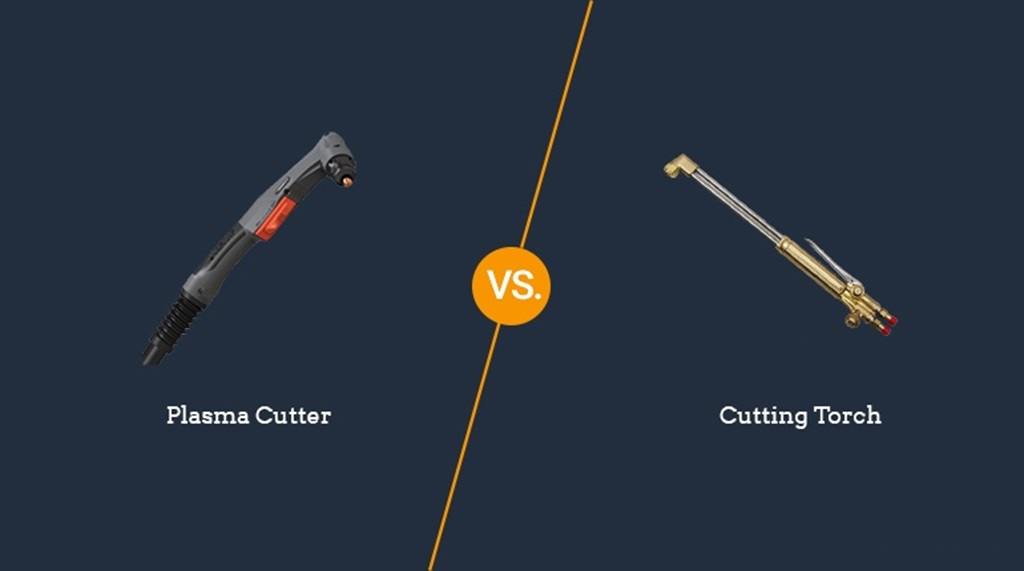Are you looking for ways to streamline your inventory management process? Are you tired of constantly running out of stock or overstocking items? Managing inventory can be a daunting task, but with the right strategies in place, it can be done efficiently and effectively. In this article, we’ll discuss how to manage inventory in-house, from tracking stock levels to optimizing order fulfillment. The content is presented by Newhouseproject.
Step 1: Take Stock of Your Inventory

The first step in managing inventory in-house is to take stock of your current inventory levels. This involves conducting a physical count of all the items you have in stock. Use a spreadsheet or inventory management software to keep track of the quantities of each item. It’s important to categorize your inventory by product type, SKU, or location to make it easier to find and organize. Read now: How to Organize Your Closet When You Have a Large Family
Step 2: Set Up an Inventory Tracking System
Once you’ve taken stock of your inventory, it’s important to set up an inventory tracking system. This can be as simple as using a spreadsheet or as complex as implementing an inventory management software system. An inventory tracking system allows you to monitor stock levels in real-time, set reorder points, and automate the ordering process.
Step 3: Analyze Your Sales Data
To optimize your inventory management process, it’s important to analyze your sales data. Look at your sales trends over the past year to determine which products are selling the most and which ones are not. This will help you make informed decisions about how much inventory to keep on hand.
Step 4: Set Reorder Points
Based on your sales data analysis, set reorder points for each item. A reorder point is the minimum quantity of an item that you need to have in stock to avoid running out. When your inventory falls below the reorder point, it’s time to order more.
Step 5: Optimize Your Order Fulfillment Process
Order fulfillment is the process of receiving, processing, and delivering orders to customers. To optimize your order fulfillment process, consider implementing a just-in-time (JIT) inventory system. JIT involves ordering products only when they are needed, which can reduce the amount of inventory you need to keep on hand.
Step 6: Monitor Your Inventory Levels
Once you’ve implemented your inventory management system, it’s important to monitor your inventory levels regularly. This will help you identify any issues or inefficiencies in your inventory management process. Use inventory reports to track your stock levels, sales trends, and order fulfillment times.
Step 7: Continuously Improve Your Inventory Management Process
Inventory management is an ongoing process. It’s important to continuously improve your inventory management process by analyzing your data, identifying areas for improvement, and implementing new strategies. This can help you reduce costs, minimize waste, and improve customer satisfaction.
Conclusion
Managing inventory in-house can be a complex and time-consuming process, but it’s essential for the success of any business. By taking stock of your inventory, setting up an inventory tracking system, analyzing your sales data, setting reorder points, optimizing your order fulfillment process, monitoring your inventory levels, and continuously improving your inventory management process, you can streamline your operations and increase your bottom line.




